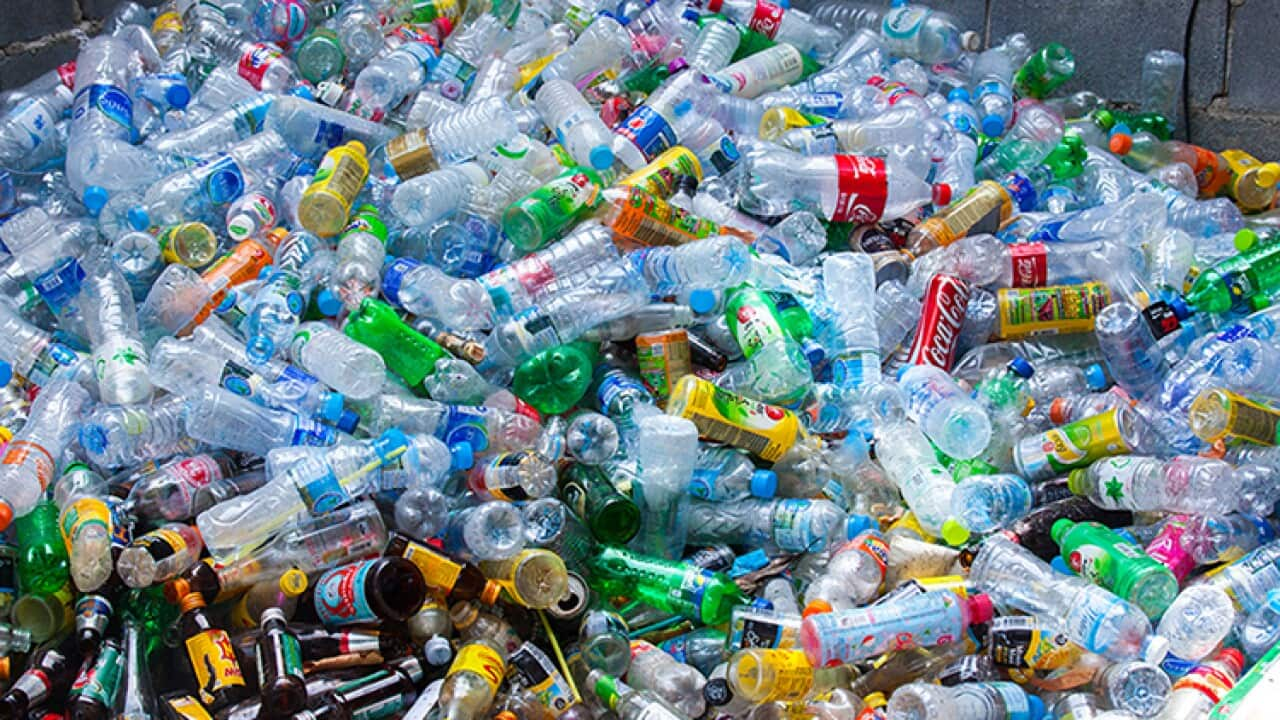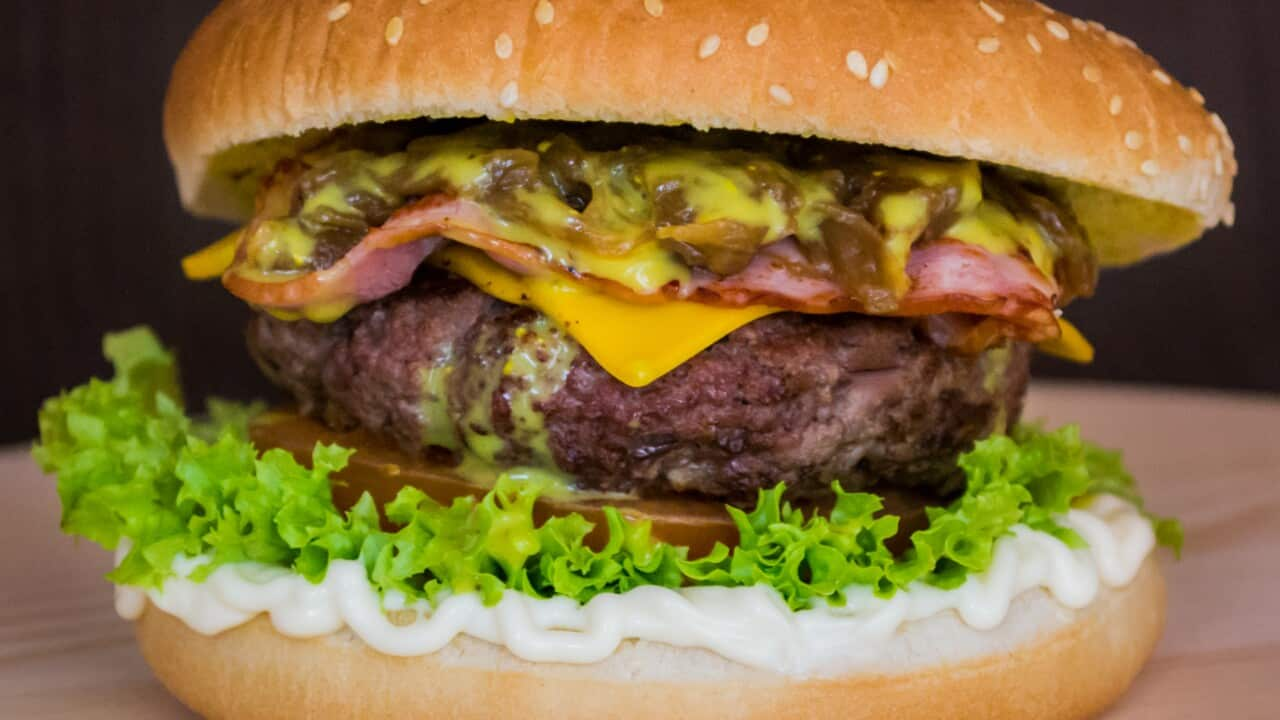We’re increasingly aware of how plastic is polluting our environment. Much recent attention has focused on how – tiny pieces ranging from 5 millimetres down to 100 nanometres in diameter – are and working their way that live in them. That means these ocean microplastics are entering the food chain and, ultimately, our bodies.
But fish and shellfish aren’t our only food sources that can contain microplastics. And, in fact, other sources that don’t come from the sea might be much more worrying.
A portion of consumer-grade mussels in Europe could contain . Consumption is likely to vary greatly , but avid mussel eaters might eat up to .
It’s harder to know how many microplastics we might be consuming from fish. Most have only analysed the stomach and gut content of these organisms, which are usually removed prior to consumption. But has found microplastics in fish liver, suggesting particles can get from digestive tissues to other body parts.
Microplastics have also been . Numbers identified were low, so the average consumer might only eat up to five microplastics from a portion of fish this way. The particles found might also come from the canning process or from the air.
Another marine food source of microplastics is sea salt. One kilogram can contain . If you eat the maximum daily intake of five grams of salt, this would mean you would typically consume three microplastics a day (although many people eat much more than the recommended amount).
However, other studies have found varying amounts of microplastics in sea salt, possibly because of different extraction methods used. This is a widespread problem in microplastics research that makes it hard or impossible to compare studies. For example, seems to only have looked for microfibres (tiny strands of artificial materials such as polyester) only looked for microplastics larger than 200 micrometres.
The sea salt study mentioned above didn’t attempt to remove and count all the microplastics from its salt samples and instead gave an estimate based on the proportion of particles that were recovered. This means it showed one kilogram of salt contained at least 600 microplastics – but the actual figure could be a lot higher.
Non-marine sources
Despite these findings, other research demonstrates that far more microplastics in our food are likely to come from other sources than the sea. Land animals also eat microplastics although – as with fish – we tend not to eat their digestive systems. There’s limited data about this part of the food industry, but a raised in gardens in Mexico found an average of 10 microplastics per chicken gizzard – a delicacy in some parts of the world.
Scientist have also found microplastics . We might be swallowing tens of microplastics with each bottle of the latter.
Consumption is likely to vary greatly between nations and generations, but avid mussel eaters might eat up to 11,000 microplastics a year.
Perhaps the biggest known source of microplastics that we consume is bottled water. When a variety of types of glass and plastic water bottles, they found microplastics in most of them. Single-use water bottles contained between two and 44 microplastics per litre, while returnable bottles (designed for collection under a deposit scheme) contained between 28 and 241 microplastics per litre. The microplastics came from the packaging, which means we could be exposing ourselves to more of them every time we fill up a plastic bottle in order to reduce waste.
There is that microplastics in food come from indoor dust. A estimated that we could get an annual dose of almost 70,000 microplastics from the dust that settles on to our dinner – and that is only one of our daily meals.
, PhD Candidate in Marine Microplastics, and , Associate Professor in Environmental Sciences,
Making the world better

The Sydney student who’s revolutionising fish and chips








